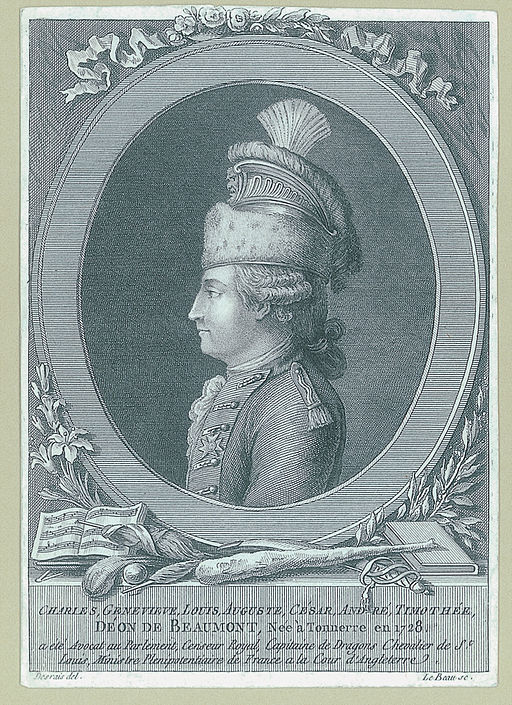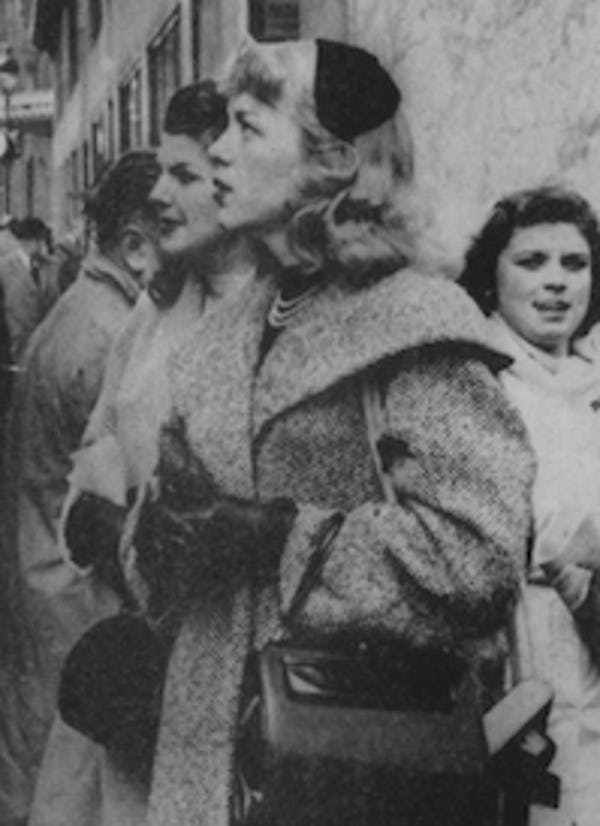- Home |
- Search Results |
- Five transgender trailblazers for Women’s History Month
Five transgender trailblazers for Women’s History Month
The oft overlooked history of the trans community is chronicled in Trans Britain. To mark Women's History Month, we celebrate five heroic transgender trailblazers from an androgynous 18th Century cross-dressing spy to the trans woman who transitioned on television

The 18th Century diplomat and spy
Charles Geneviève Louis Auguste André Timothée d’Éon de Beaumont (1728-1810) — commonly known as the Chevalier d’Éon — is one of the most regularly cited examples of someone crossing gender boundaries before the twentieth century. D’Éon lived publicly as a man for his first forty-nine years, although an androgynous appearance greatly facilitated a 1756 spying mission where he successfully infiltrated the court of the Empress Elizabeth of Russia as a woman. This was over 150 years before the female sex hormone oestrogen was available to assist people in transitioning physically, so that androgyny was a crucial factor.
For the latter thirty-three years of life d’Éon lived permanently as a woman and claimed that she had been assigned this way at birth. Speculation about d’Éon’s physical sex was rife. Bets were placed and the question was only settled by an autopsy following her death. Her story inspired the naming of Britain’s first trans support group in 1966: The Beaumont Society.

The spitfire pilot and racing driver
Roberta Elizabeth Marshall Cowell (1918-2011) is, as far as we know, the first British male to female transsexual woman in the modern (hormonally and surgically assisted) sense, undergoing genital surgery at the hands of pioneering Harley Street plastic surgeon Sir Harold Gillies in 1951. She wasn’t the first person to transition by far. Beginning in the 1920s, there were examples in other countries, such as the Danish Painter Lily Elbe, and many people changed the other way in Britain during the thirties and forties. Nevertheless, with the sale of her story to the Picture Post in 1954, she was assured a place in trans history.
Prior to transition Cowell had been attached to a front line Spitfire squadron during the war and, afterwards, established a racing car engineering company. The company folded not long after her transition but she remained active as a driver and gained further publicity by winning the 1957 Shelsley Walsh Speed Hill Climb.
The historian and journalist who climbed Everest
Jan Morris (1926-) worked for many years as a journalist for the London Times. As a man Morris gained fame by accompanying Hillary and Tenzing’s expedition to conquer Everest in 1953 and descending to report the team’s success on the day of Queen Elizabeth’s Coronation. During a long and successful career Morris also made a name for writing many successful historical and travel books.
But Morris is best known — certainly among trans people — as the first person to write an autobiography about the process of gender transition — a process begun in 1964 and which culminated with surgery in Casablanca in 1972. Conundrum (1974) filled a void for British trans people. Prior to the book’s publication the only sources of information about gender transition were the stories that were becoming the stock-in-trade of the country’s Sunday tabloids. The focus in papers like the News of the World was on shock value and titillation. Morris showed how one would find the way.
The trans woman who transitioned on television
Julia Grant (1954-) is another trans woman remembered for the very important role she had in signposting the way for ordinary trans people to find help and transition successfully. Starring in the 1979 BBC fly-on-the-wall documentary series ‘A Change of Sex’ viewers were able to see the obstacles she faced in transitioning at work and trying to navigate the scarce clinical services available at that time. The series’ accompanying autobiography, ‘George and Julia’ filled any gaps.
It is hard nowadays to convey how important this contribution was for trans people in Britain at the end of the seventies and early eighties. Newspaper coverage and the one available biographical account by Jan Morris gave an impression that transition was for highly unusual people and involved a trip to far-away Casablanca. Working class Morris showed graphically how more ordinary trans people could find help and (most importantly) have control over their own destinies.
The award-winning journalist and model
In the last decade several trans people have emerged from the shadows and into public consciousness. There are trans catwalk models, trans actors and actresses in film and on TV — even trans political candidates in addition to thousands of people succeeding in less high-profile careers. But Paris Lees, a millennial who grew up on a housing estate in Hucknall, Nottinghamshire, stands out, both because of the power of her writing and her success in taking the trans community’s call for equality and fairness into a succession of high profile forums.
In 2013 Lees’ career received a turbo boost when she was named as the most influential LGBT person that year in the Independent on Sunday’s annual Pink List. High profile opportunities followed. She has appeared on the BBC’s Question Time twice, presented ground-breaking documentaries for Radio 1, and has successfully made the jump to writing for mainstream media titles such as the Guardian, Independent, Telegraph and Sun. In 2018 she was featured as the first openly trans woman in Vogue.